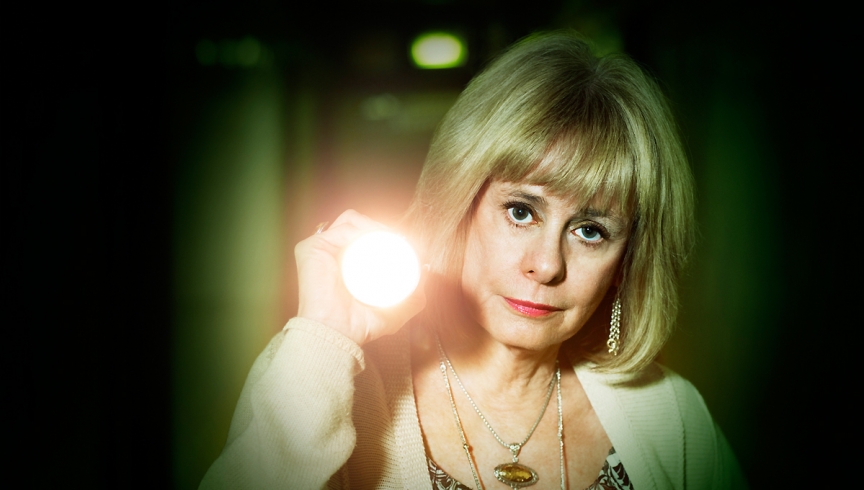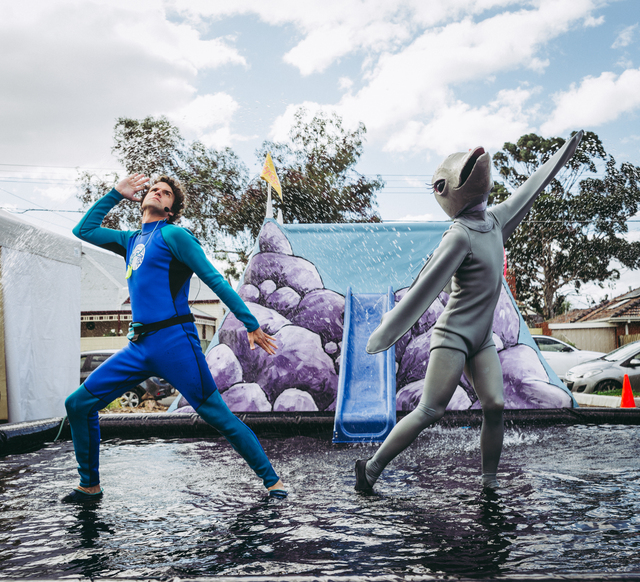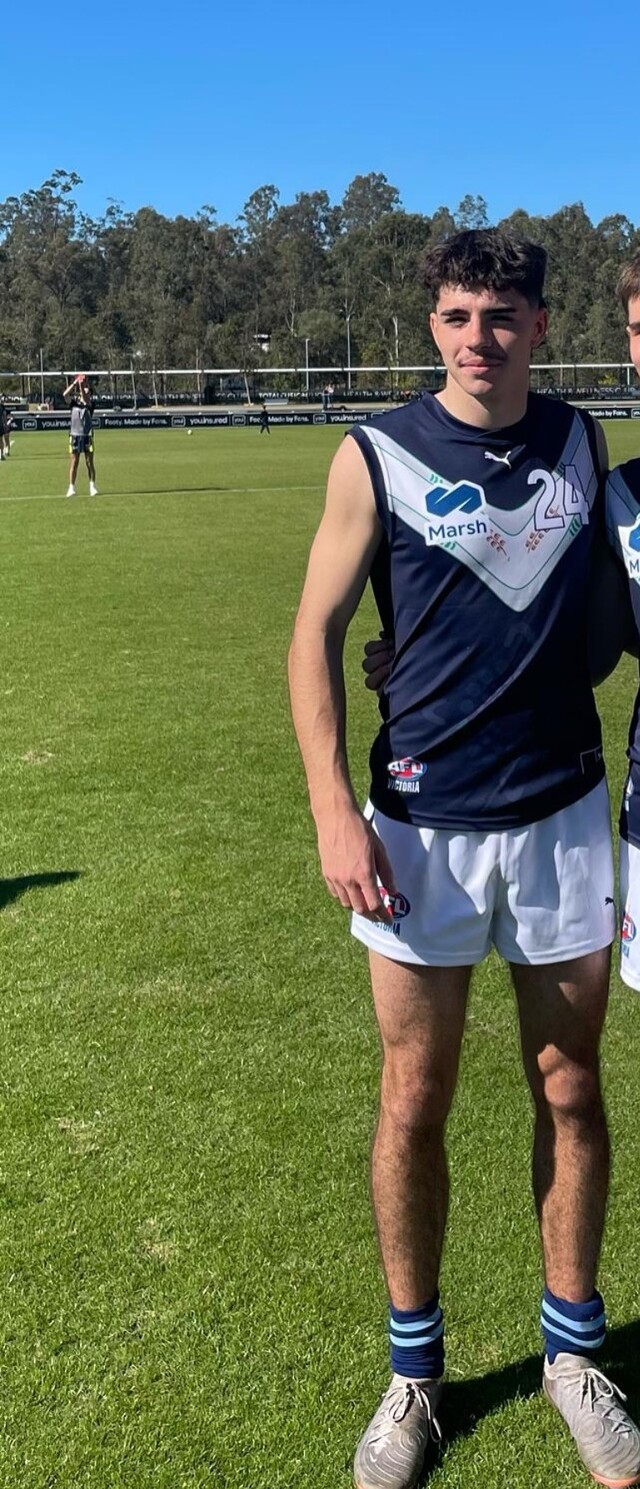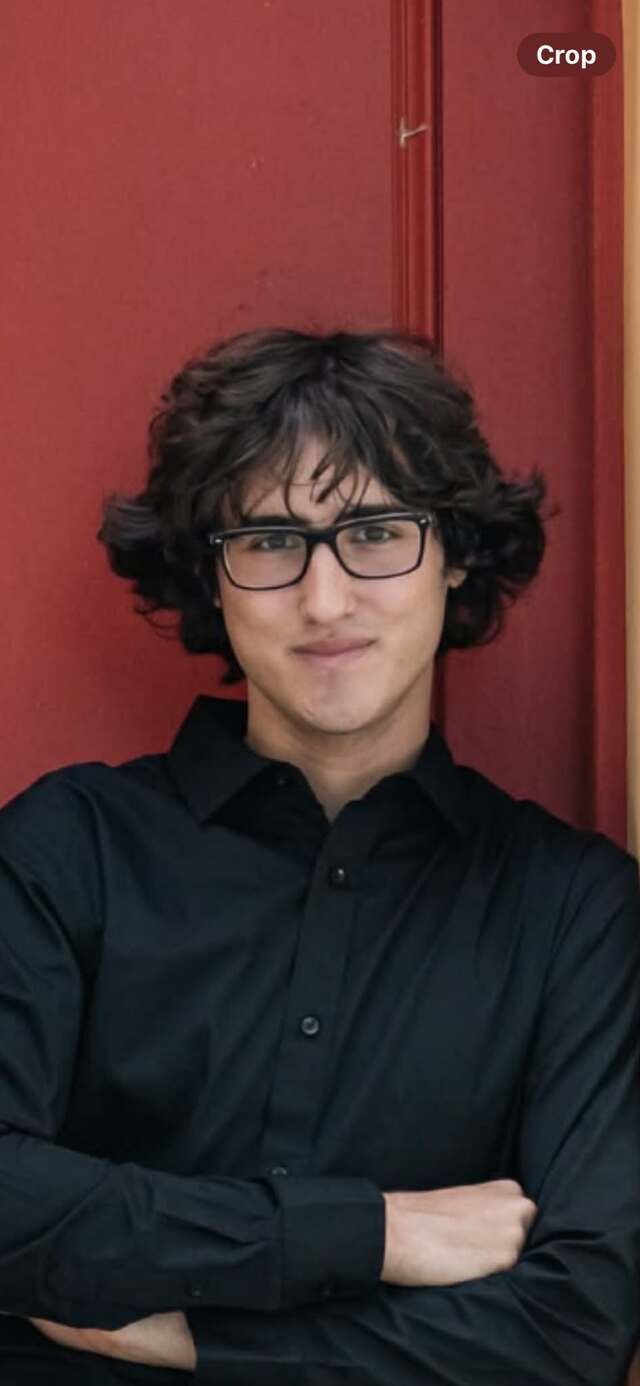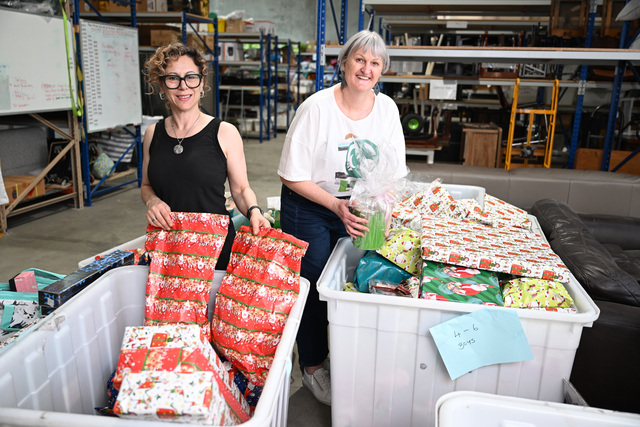Kathy Reichs vaguely knew what she wanted to be when she grew up. Born in Chicago to a mother who was a musician and a corporate father, she had visions of working in a science laboratory, wearing a white coat and squinting through a microscope.
“My mother was interested in science and she had a big impact on me,” says Reichs, reflecting on what led her to become a “bone whisperer” or more correctly, a forensic anthropologist. “I was intrigued by archaeology and the life sciences, like biology,” she says.
“I still like working with something physical that I can measure and touch. I like being able to X-ray and measure bones, to determine their shape and to create a biological profile. But it was a long, circuitous path to forensic anthropology and I had five undergraduate majors.”
Reichs graduated with a degree in anthropology from American University in Washington DC. But it was when she completed a masters and a PhD in physical anthropology that she found home.
Her career, however, hasn’t turned out exactly as she expected. “I planned to study prehistoric Native Americans. I was digging up skeletons and looking at the bones to see what diseases people had suffered and what life expectancy was back then,” she says.
“And then police started bringing me forensic cases because my expertise was in the human skeleton and in bones. I found that work more compelling.”
Reichs, who is in her early 60s, works as a forensic anthropologist in North Carolina, where she lives, and in Quebec. Her ability to extract complex information from human bones has allowed her to help identify remains at Ground Zero after 9/11 and in the aftermath of hurricane Katrina. She was also involved in the exhumation of a mass grave in Guatemala at the end of the civil war that left more than 200,000 people dead.
Reichs has been closely involved in more bizarre cases, too, and some of them have inspired her novels. In the mid-1990s she studied the killing of a family in Quebec linked to the murder-suicide of 74 members of the Order of the Solar Temple. That inspired one of her early books, Death Du Jour. She has just published her 16th title, Bones of the Lost.
“The Order of the Solar Temple was run by a man called Joe De Mambro who regulated all reproduction in the cult. But a couple had a baby without his permission and De Mambro considered that baby to be the Anti-Christ. The members of the group were planning to commit mass suicide and go to the planet Sirius,” Reichs says with a wry smile.
“But before they could leave the Anti-Christ had to be killed. The parents and their baby fled to Switzerland and then to Quebec but De Mambro sent assassins to kill the family. Their house was set on fire and their bodies came to my lab.
“I may work with bones or a corpse that is dismembered or mummified. Anytime a body is compromised so you can’t do a normal autopsy it goes to the forensic anthropologist. They are not in good shape when they come to me.”
Reichs clearly remembers her very first forensic case. “I went with the police to the scene,” she says quietly. “A child had gone missing – I remember seeing it on the news. There was a thunderstorm and she was only five years old and I remember wondering about her being out there in this horrible storm. About three months later some little bones were found out in the woods near Charlotte, North Carolina.
“I went out there with the homicide detective and the skeleton was scattered and some of it was missing. I analysed the bones and they belonged to that little girl. But the case was never solved. The police think they know who did it and he has been convicted of other child homicides but they’ve never been able to tie him to this one.”
When she isn’t solving forensic cases, Reichs writes her bestselling crime novels featuring forensic anthropologist Temperance Brennan. After a brief trip to Melbourne to promote her latest book, Reichs will spend long hours finishing the first draft of her next book, Bones Never Lie. And then there’s the TV series, Bones, in its ninth season.
“I was talking to Tess Gerritsen earlier this year about Rizzoli & Isles – the TV series based on her crime novels. She doesn’t get involved in the show – she has an ‘I cash the cheques and don’t bother me’ approach. I’m a control freak. I read every script and vet them for scientific accuracy,” says Reichs.
Reich’s writing career began with Deja Dead in 1997. She uses her forensic background and some of her crime-solving experiences as inspiration for her complex plots, twisted characters and a lead character that is a recovering alcoholic with a sharp mind and a tinder-dry sense of humour.
She decided to write Deja Dead when she faced hefty university fees for her three children – daughters Kerry and Courtney, and son Brendan. She co-authors a crime series for young readers with Brendan called the Virals series.
“My kids were moving towards university, which can be pricey!” she says grimacing. “So I thought maybe I can make a little money on the side. I had a colleague who wrote western romances. I read one of them and in one page the heroine’s heart leapt, it burst, it filled and I thought we were going to need a cardiac unit! I thought, ‘I can do better than this’.
“It took me two years to write the first book because I was teaching and commuting from the Carolinas to Quebec to do my forensic work. I’d get up at 6am and write for a couple of hours and write at weekends.”
Reichs didn’t tell anyone she was writing a novel apart from her family. When it was finished one of her children knew someone who knew someone who knew a junior editor in a publishing house and Reichs’ first manuscript was dispatched.
“This poor woman got word that the boyfriend of a friend of a friend of a friend’s mother’s first novel is coming her way,” says Reichs, rolling her eyes.
“She later told me she took the first few chapters home with her that weekend and was already composing the kind rejection letter in her head. But she read those chapters and went back to her office to get the rest of the manuscript to finish it. I had an offer within a couple of weeks. It was timing. It was the mid-1990s. Forensics was in the air and then became a huge wave.”
While cases are neatly tied up in the last pages of her novels, in the real world not every case comes to a conclusion. But forensics has a strange way of unearthing the truth – even if it takes years. “The cases that come back to you are the ones that don’t get resolved, like the child I’ve had for 23 years in my lab in Quebec,” she says.
The bones were found in a plastic sack in a ravine by a highway. They belonged to a child of five or six who’d suffered some cranial trauma. Reichs’ instinct told her the child hadn’t died recently and that the bones had spent time somewhere else. For years the case featured on Canada’s unsolved.
“Then I was doing a book tour in New Brunswick and I was interviewed on a radio program and I talked about this case. Someone heard that interview and phoned the police and said they could explain where the bones came from,” says Reichs.
“The caller had been 12 at the time and he and his friend were on their bikes and saw a backhoe digging a grave in a cemetery. They saw bones flying out and thought it would be funny to collect them and put them in the sandbox at school, so little kids would find them and get freaked out.
“But they then felt bad about that, collected the bones again, put them in a plastic sack and threw them into the ravine. So we finally felt we knew where the bones had come from but we still didn’t know whom the kid was.
“So I talked about that case again in another interview and a family came forward and said their brother was run over and killed by a car in 1963, when he was six. He was buried in that cemetery and we’re now waiting to get DNA from the family but we think we’ll finally identify that child.
“So a real-life case will be solved because of one of my books and that will be a first. If we can get this little guy back to his family, that will be amazing.”
The latest novel, Bones of the Lost, is again inspired by Reichs’ real-life experiences. The book is partly based in Afghanistan, where she visited US troops in 2011, and in it she blends her impressions of the country with another old case involving the suspicious shooting death of a police officer.
“I was in Afghanistan with four other writers, including Mark Bowden, who wrote Black Hawk Down. It was an interesting experience to sit next to Mark in full body armour and fly around these mountain valleys in a Black Hawk. I kept looking at him and asking, ‘Are we good? Are we good? If you’re calm, I’m calm.”
Asked what forensic cases she’d like to have worked on, Reichs admits she’s envious of colleagues who helped identify the remains of the Russian Imperial Romanov family. “And I would have loved to have worked on the recent discovery of Richard III in the car park in England,” she adds.
Despite a busy writing schedule and her TV commitments, Reichs happily sheds her bone whisperer mantle when at her beach house with her three children, four grandchildren and husband of 45 years, Paul.
“I unashamedly bought the beach house as a magnet for the kids. I love spending time there, going out to dinner or to the movies or the symphony,” she says.
“And I’m also happy writing in my study but I have to close the door and have quiet. My family have always been very good when I’m writing. When I was working on the first book there was a lot of eye-rolling and some tongue in cheek comments – ‘Sssshhh, mum’s working on her novel’. They don’t say that so much any more!”
Bones of the Lost by Kathy Reichs, RRP $32.95 (William Heinemann)

